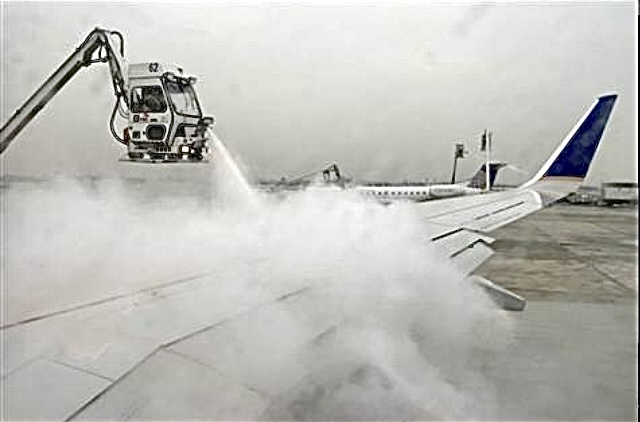Hello Everyone!
There are some very significant weather systems that are blowing through the country during these recent months! They can really affect air travel as well as our life plans.
WHAT PILOTS ARE PLANNING FOR:
During these weather events, we pilots are thinking about icing conditions, freezing rain, cluttered runways (from weather effects) , low visibility, alternate airports, etc. When we know we will be flying into an area of cold, snowy, or stormy conditions, we assess the weather closely to determine if we feel it is safe to fly or not. If it is marginal, we take extra fuel and plan to have an alternate airport that we can divert to in case the destination weather worsens by the time we arrive. Sometimes, we will attempt to make it in, but if the environment is too rough, the runway is not clear of ice and snow, the visibility is too low, etc., then we can make a ‘missed approach’ and go around to the alternate airport. We can wait there for a period of time at this location until the original destination weather improves enough for us to try again. Occasionally, we are put in a holding pattern in order to let the weather pass or to meter jets one by one to the airport by air traffic control. In these landing situations, we want to get the jet firmly on the ground and stopped quickly.
TAKING OFF:
Preparing to takeoff from a wintery departure airport, we assess the jet closely to see if we need to have it de-iced. At some airports, this is done at the gate and other airports it is done at a remote pad. We configure the systems so that de-icing fluid does not get into the intakes or ducts. Certain de-icing fluid types are used to remove the ice and other types are used to prevent ice from building up. It is very cool to watch how this is done! At the remote pads, it is like driving through a car wash but in a huge jet instead! Depending on the timing and circumstances, a pilot may go back to the cabin and look out the windows on top of the wings. We want to make sure both wings are clean and glossy before we takeoff. Airport operations workers keep the ramps, taxiways, and runways clear of snow and ice for us. When we taxi or wait in line to depart, we do periodic engine run ups to keep the internal engine components ice-free.
EN ROUTE:
While flying, we use the jet’s hot air from the engines (some use electric heat) to keep the engine inlets and forward edges of the wings warmed up. This prevents ice from adhering and accumulating. Our windshields, as well as the pitot tubes for our critical flight instruments, are also heated.
THINGS YOU CAN DO:
As a passenger, keep an eye on the weather around your departure and destination airports. Sometimes, your flight may even be disrupted if the aircraft or crew are coming in from another weather impacted area. This way, you will have a heads up if your flight may be affected. The airlines take more preventative measures now to cancel flights if there is a major weather system anticipated. (This partially came from the passenger bill of rights that prevents having passengers in the aircraft on the ground for more than 3 hours). You can be proactive and change your flights a day or two earlier or later in expectation of a possible disruption of your plans. Please speak up anytime you see anything that may be of concern.
Safety is always our first priority and, our goal is to get your to your destinations securely and effectively! Blue Skies! This is Captain Laura, your guide in the sky!

